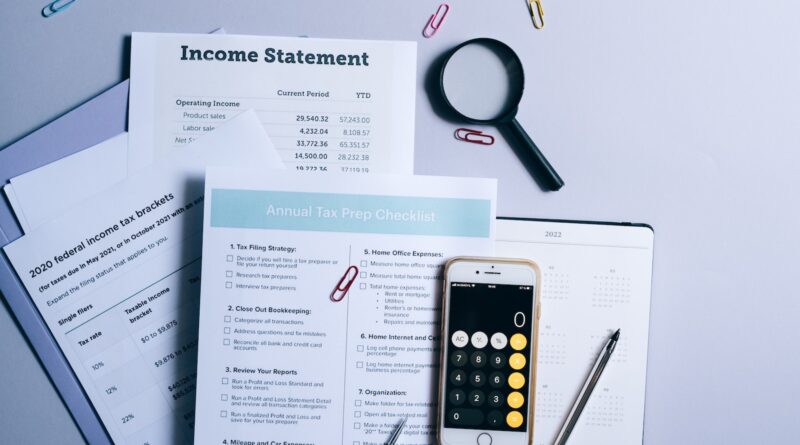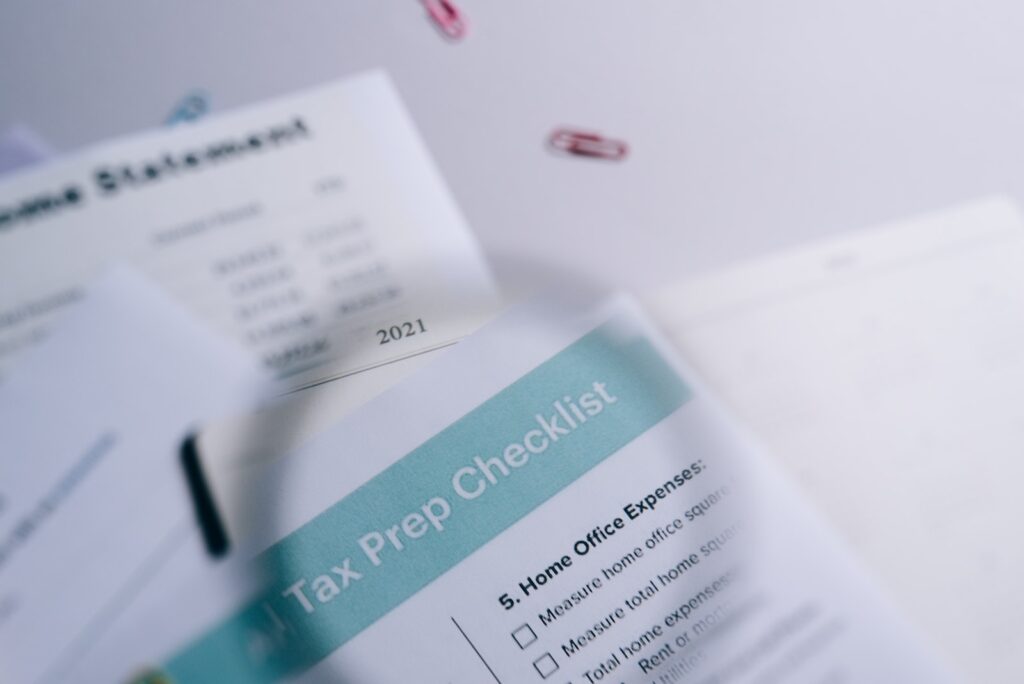The Savvy Real Estate Investor’s Tax Checklist: Minimize Liability
Imagine you’re a real estate investor on a journey towards maximizing your profits. On this journey, understanding and fine-tuning your tax strategy is like your compass. It helps you minimize what you owe in taxes and maximize what you keep in profits.
In this detailed guide, we’re going to give you a special tax checklist. This checklist is just for smart real estate investors like you. By using this checklist, you’ll be well-prepared to navigate the often tricky terrain of real estate taxes. And most importantly, you’ll be able to spot every chance to lessen your tax load.
So, get ready to take some notes and learn how you can navigate the world of real estate taxes with ease. Let’s start this journey towards minimizing your tax burden and maximizing your profits!
Understanding Your Tax Obligations: A Primer
Before we delve into the checklist, it’s important to have a solid understanding of your tax obligations as a real estate investor. By grasping the basics, you can lay a strong foundation for effective tax planning and compliance. Here are some key points to consider:
1. Differentiating Rental Income from Capital Gains
Real estate income is typically categorized as either rental income or capital gains. Rental income refers to the revenue generated from renting out your properties, while capital gains result from the sale of an investment property. Understanding the tax implications of each category will help you plan your finances more efficiently.
2. Deductible Expenses and Depreciation
Real estate investors can take advantage of numerous deductible expenses, including mortgage interest, property taxes, repairs, and maintenance costs. It’s important to keep detailed records of these expenses and understand the rules surrounding depreciation, which allows you to deduct the cost of your property over time.
3. Passive vs. Active Real Estate Income
Real estate income can be classified as either passive or active. Passive income includes rental income, where you are not actively involved in the day-to-day management of the property. Active income, on the other hand, arises from real estate-related businesses or services. Distinguishing between the two is crucial for optimizing your tax strategy.
The Investor’s Tax Checklist: Minimizing Liability Step by Step
Now that you have a solid understanding of the fundamentals, let’s dive into the Investor’s Tax Checklist. This checklist will guide you through each stage of the tax planning process and ensure you’re taking advantage of every available opportunity to minimize your liability. Let’s break it down:
1. Organize Your Financial Documentation
Begin by gathering and organizing all your financial documents related to your real estate investments. This includes rental income records, expense receipts, mortgage statements, property tax documents, and any other relevant paperwork.
Maintaining accurate and organized records will make tax preparation much smoother and help you identify potential deductions.
2. Understand Property Classification and Depreciation
Familiarize yourself with how different property classifications impact your taxes. Residential, commercial, and rental properties are treated differently under the tax code.
Additionally, learn about depreciation rules and how to maximize the deductions associated with the wear and tear of your rental properties over time.
3. Maximize Deductions and Tax Credits
Take advantage of the numerous deductions and tax credits available to real estate investors. Some common deductions include property taxes, mortgage interest, insurance premiums, repairs, and maintenance expenses. Research the specific tax laws in your jurisdiction to identify all eligible deductions and ensure you’re maximizing your tax savings.
4. Evaluate the Benefits of 1031 Exchanges
Consider utilizing a 1031 exchange when selling a property and reinvesting the proceeds into another property. This strategy allows you to defer capital gains taxes, potentially freeing up more funds for further investments.
However, it’s important to understand the strict guidelines and deadlines associated with 1031 exchanges to ensure compliance.
5. Assess the Implications of Passive vs. Active Income
Review your real estate income sources and determine whether they are classified as passive or active. Passive income, such as rental income, may qualify for certain tax benefits and deductions.
Active income generated from real estate-related businesses or services may have different tax implications. Understanding this distinction will help you optimize your tax strategy.
6. Engage a Qualified Tax Professional
Consider working with a qualified tax professional who specializes in real estate investments. They have extensive knowledge of the tax laws and regulations specific to real estate, allowing them to provide personalized advice tailored to your circumstances.
A tax professional can help you navigate complex tax matters, ensure compliance, and identify additional tax-saving opportunities.
Examples of Effective Implementation
Let’s explore a couple of scenarios where the Investor’s Tax Checklist can be used to maximum effect:
1. Scenario 1: New Investor Seeking Guidance
Imagine you’re a new real estate investor eager to establish a solid foundation for your tax strategy. By following the Investor’s Tax Checklist, you can learn the key steps necessary to minimize your tax liability from the beginning. From organizing your financial documentation to understanding property classification and depreciation, this checklist will guide you in making informed decisions and optimizing your tax savings.
2. Scenario 2: Experienced Investor Seeking Optimization
Suppose you’re an experienced real estate investor with an existing portfolio. You want to ensure you’re not missing out on any potential tax-saving opportunities.
By revisiting the Investor’s Tax Checklist periodically, you can stay up to date with changing tax laws, maximize deductions, and explore advanced strategies such as 1031 exchanges. This checklist serves as a valuable reference to fine-tune your tax strategy and optimize your returns.
Secure Your Financial Future
Armed with the knowledge provided in this guide and the Investor’s Tax Checklist, it’s time to take action. Download the checklist, review each item carefully, and start implementing the recommended strategies. By proactively addressing your tax obligations, you’ll minimize liability, maximize your financial gains, and secure a prosperous future as a savvy real estate investor.
Remember, being informed and proactive is the key to minimizing your tax liability and optimizing your real estate investment returns. Start today and reap the rewards of a strategic and well-executed tax plan!

